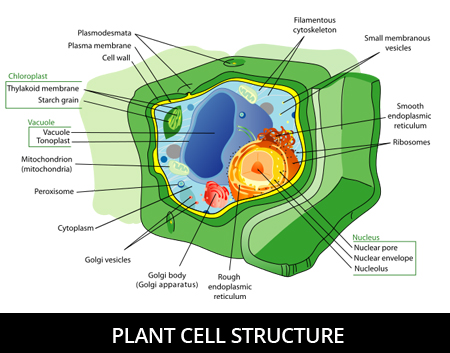Nickel Facts – What is Nickel?
Nickel is an element from the periodic table of elements that falls into the first row of the tenth column.
Nickel is considered a transition metal due to its location on the periodic table and some of its properties as a metal.
Properties of nickel
The atomic symbol for nickel is Ni. Atoms of nickel are known to have 28 protons, 28 electrons, and 30 neutrons.
Nickel primarily appears as a hard, but moveable/malleable metal that looks silver and white in color.
Nickel’s melting point is very high at 1455 degrees Celsius, which means that it can maintain its solid properties even at very high temperatures.
Nickel’s atomic number is 28, of course, and its atomic weight is 58.69.
Nickel also has magnetic properties, can be polished to develop a very shiny outer appearance, and is resistant to rust, corrosion, and other damaging properties.
In addition to magnetism, nickel is a good conductor of electrical current and can absorb and transfer heat very easily.
The primary elements that make up the core of the planet Earth are iron and nickel.
Nickel is also found in high abundance in the Earth’s outer crust layer, among many other types of metals found in among the minerals there.
History
Nickel was discovered by Axel Cronstedt in 1751. Nickel is primarily mined for its use in industrial equipment, and for its magnetic, electrical, and heat-conducting properties.
The most common places to find nickel when mining are in Russia, Australia, and Canada.
Interestingly, meteorites, or chunks of asteroids that have entered the Earth’s atmosphere and landed on Earth, generally include elements of nickel and iron, just like the Earth’s core.
In fact, a significant amount of Canada’s nickel collection is believed to have come from an extremely large meteorite that landed on the surface of the Earth many thousands of years ago, in what is now part of Canada.
Today, nickel is mined for its use in developing other metals to create various metal products.
For instance, nickel-based steel, such as stainless steel, is commonly used in making jewelry, household appliances, and other useful or decorative things because of how strong and rust-free it stays.
Some of the other things that nickel is used for include coins/currency, batteries, and steel guitar strings.
Other information about nickel
In the United States, one form of coin-based currency, which is called the Nickel, is actually made up of 75% copper and only 25% nickel.
Like cobalt, nickel is also related to the survival of certain organisms, except that nickel is primarily used in plant cells and microorganism functioning (such as bacteria), rather than human or animal cells.
Also like cobalt, nickel can be used to help contribute a dye color to glass and ceramics. Nickel can be used in this case to create a green color.
Nickel is a very commonly recycled metal, and almost 40% of all of the nickel found and used throughout the world actually comes from sorting through the recycling, rather than exclusively mining and trading between countries.
Time for a Fun Quiz!
- Where is nickel mostly found
- What color is most associated with nickel?
- Who discovered nickel?
- What is the atomic number of nickel?
- What is a primary use of nickel?
Answers:
- The Earth’s core and crust, and in Russia, Australia, and Canada
- Green
- Axel Cronstedt
- 28
- Making metal industrial equipment











